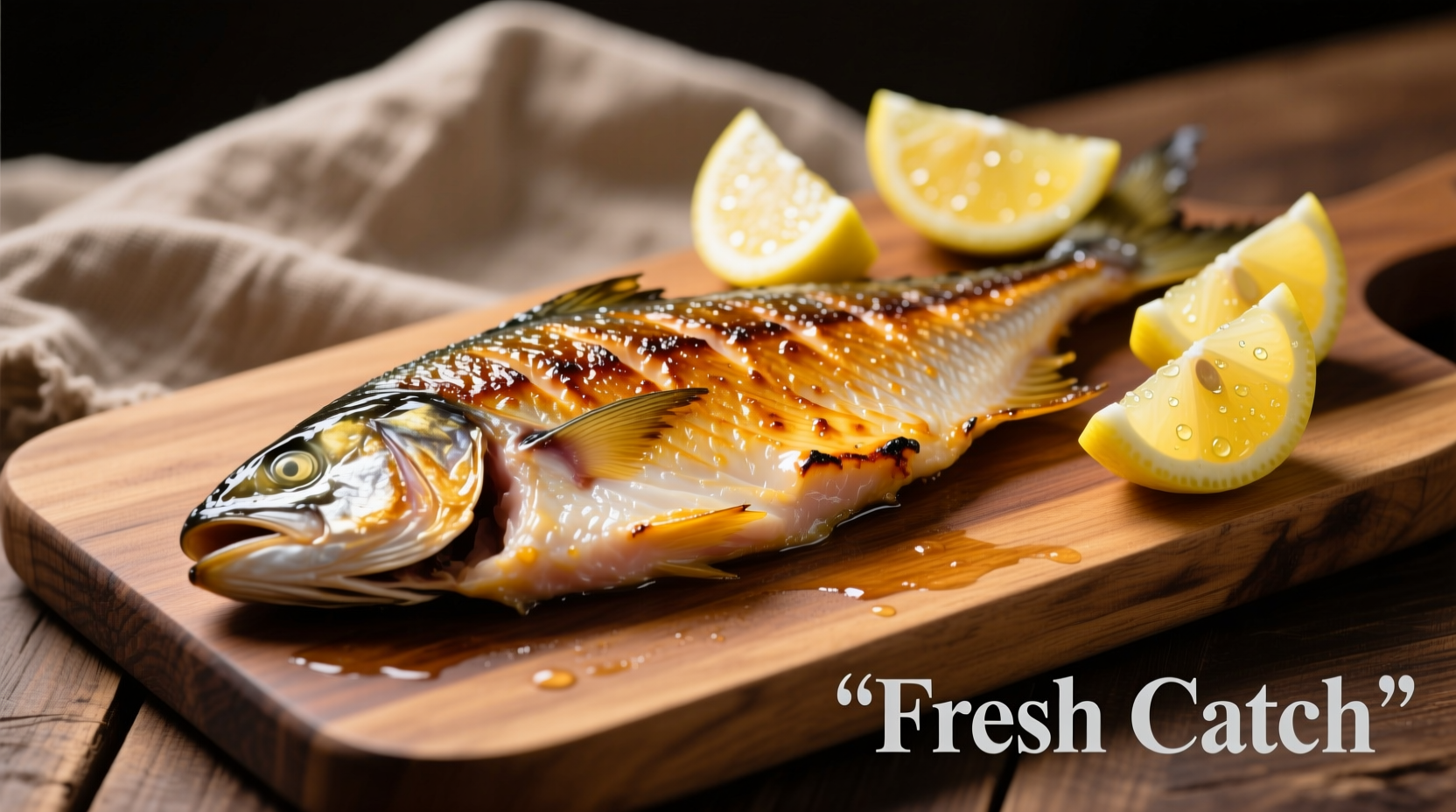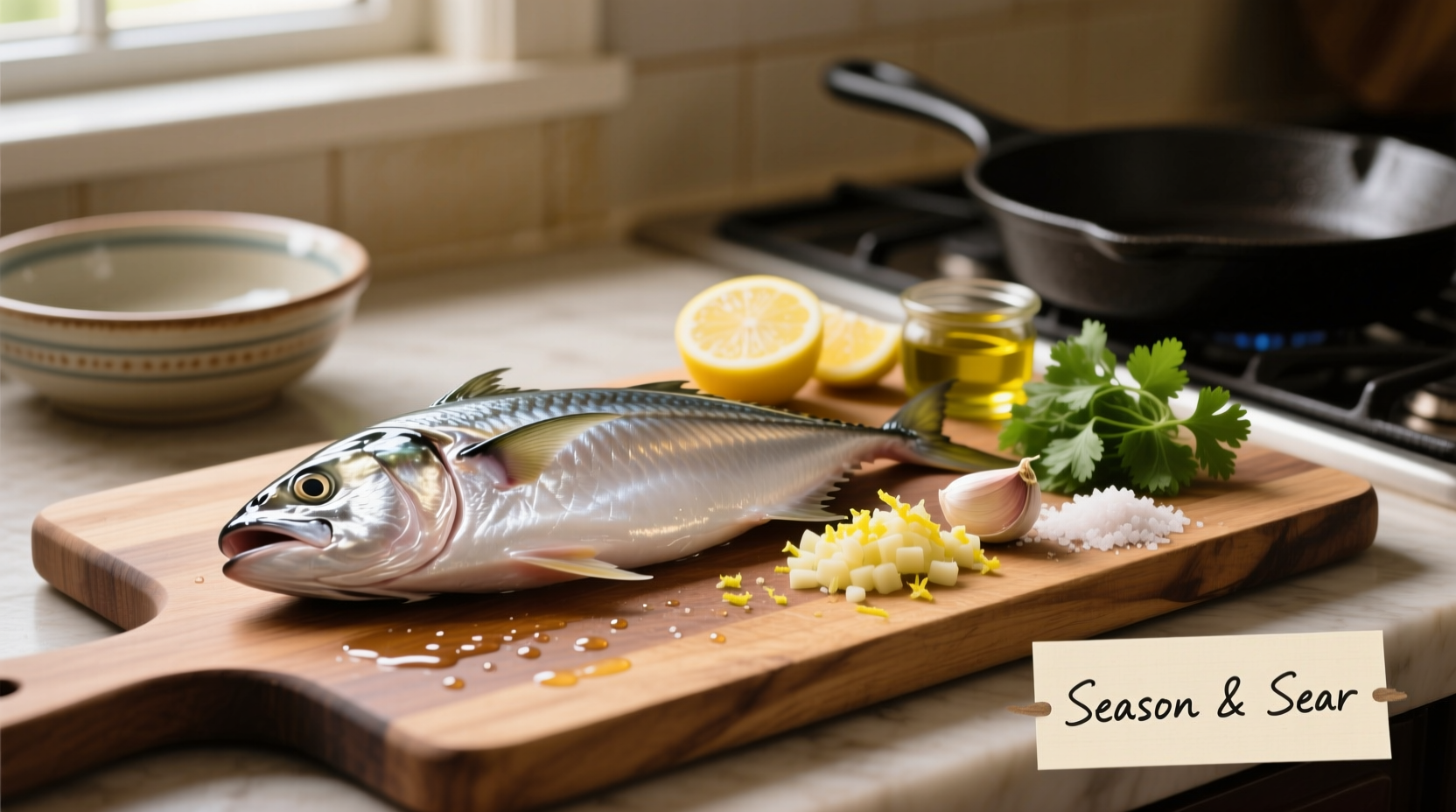Cook mahi mahi to perfection by bringing fillets to room temperature, seasoning simply with salt and pepper, and cooking 3-4 minutes per side in a hot skillet until internal temperature reaches 145°F (63°C). For best results, avoid overcooking—mahi mahi is done when it flakes easily with a fork but remains moist.
Mastering mahi mahi preparation transforms this versatile fish into a restaurant-quality meal in under 20 minutes. Unlike delicate fish varieties, mahi mahi's firm texture withstands multiple cooking methods while absorbing flavors beautifully. Whether you're grilling outdoors or searing indoors, understanding its unique properties prevents dry, rubbery results that plague many home cooks.
Why Mahi Mahi Deserves Your Attention
Mahi mahi (also called dolphinfish) offers a sweet, mild flavor that bridges the gap between white fish and meatier options like salmon. Its lean protein content makes it ideal for health-conscious cooks, providing 20g of protein per 3-ounce serving with just 90 calories. The fish's distinctive firm flesh holds together during cooking, making it perfect for kebabs, tacos, and hearty salads.
Preparation Essentials: Setting Up for Success
Start with properly stored fish—fresh mahi mahi should smell clean and oceanic, not fishy. If using frozen, thaw overnight in the refrigerator. Before cooking, pat fillets completely dry with paper towels; moisture is the enemy of proper searing. For thicker cuts, consider scoring the skin at 1-inch intervals to prevent curling.
| Cooking Method | Prep Time | Cook Time | Internal Temp |
|---|---|---|---|
| Pan-Searing | 10 min | 6-8 min | 145°F |
| Grilling | 15 min | 8-10 min | 145°F |
| Baking | 5 min | 12-15 min | 145°F |
| Broiling | 5 min | 6-8 min | 145°F |
Mastering Key Cooking Techniques
Pan-Searing for Perfect Crispness
Heat 1 tablespoon of high-smoke point oil (avocado or grapeseed) in a cast-iron skillet over medium-high heat until shimmering. Season fillets with salt and pepper, then place skin-side down if present. Cook undisturbed for 3-4 minutes until golden brown, then flip and cook another 3-4 minutes. For enhanced flavor, add lemon slices and fresh herbs during the final minute.
Grilling for Smoky Complexity
Preheat grill to medium-high (375-400°F). Oil grates thoroughly to prevent sticking. Place fillets at a 45° angle to grill grates for attractive sear marks. Cook 4-5 minutes per side, basting with citrus-infused oil. According to USDA Food Safety guidelines, fish is safe to eat when it reaches 145°F internally and flakes easily with a fork.
Baking for Foolproof Results
Preheat oven to 400°F. Place seasoned fillets on a parchment-lined baking sheet. For moist results, top with tomato slices and olives or wrap in parchment with vegetables (en papillote). Bake 12-15 minutes depending on thickness. The Academy of Nutrition and Dietetics recommends this method for beginners as it requires minimal attention while delivering consistent results.
Flavor Pairings That Elevate Mahi Mahi
Mahi mahi's mild sweetness pairs beautifully with tropical and citrus flavors. Try these combinations:
- Citrus Marinade: Orange juice, lime zest, garlic, and cilantro (marinate 30 minutes max)
- Caribbean Rub: Allspice, thyme, ginger, and smoked paprika
- Mediterranean Style: Lemon, oregano, capers, and cherry tomatoes
Avoid overpowering the fish—mahi mahi shines with simple preparations. When using acidic ingredients like citrus, add them during the last few minutes of cooking to prevent the fish from becoming mealy.

Common Mistakes and How to Avoid Them
Even experienced cooks struggle with these mahi mahi pitfalls:
- Overcooking: This lean fish dries out quickly. Remove from heat when internal temperature reaches 140°F—it will continue cooking off-heat to the safe 145°F.
- Crowding the pan: Cook in batches if necessary. Overcrowding lowers pan temperature and creates steam instead of sear.
- Moving too soon: Let fillets develop a crust before attempting to flip—this usually takes 3 minutes in a properly preheated pan.
Serving Suggestions for Complete Meals
Mahi mahi's versatility shines across cuisines. Serve with:
- Mango-avocado salsa and cilantro lime rice for a tropical dinner
- Grilled pineapple and black bean salad for Caribbean flair
- Roasted vegetables and quinoa for a healthy weeknight meal
For presentation, place sauce on the plate first, then position the fish atop it. Garnish with fresh herbs and a citrus wedge—this professional technique works equally well for casual weeknight dinners or special occasions.











 浙公网安备
33010002000092号
浙公网安备
33010002000092号 浙B2-20120091-4
浙B2-20120091-4